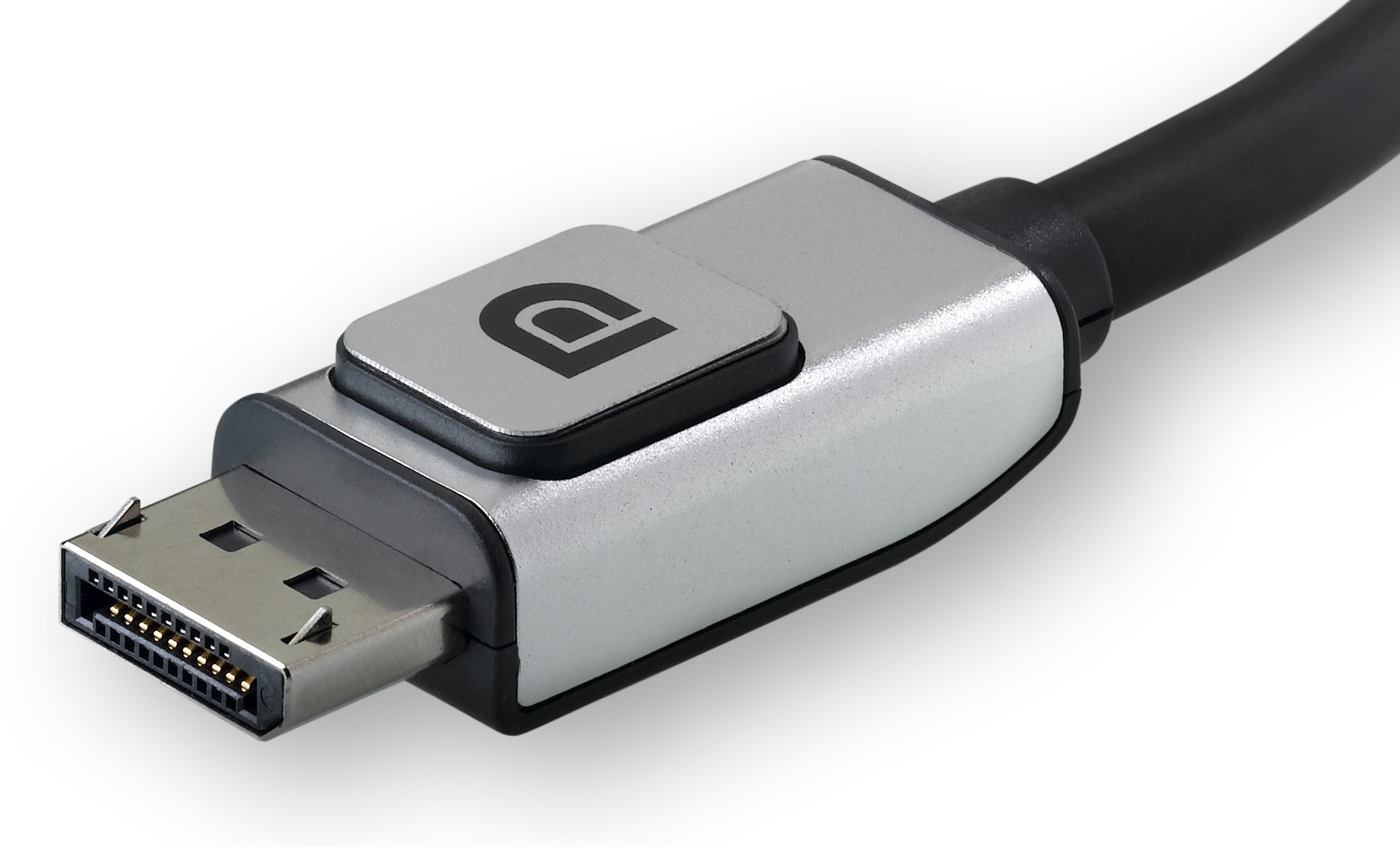There are a lot of video output connectors, this post will briefly introduce 5 of the common ones and their respective features.
Composite video connector (Early 1940)
Composite video connector is specifically for television and it is always yellow in color. It is designed date back to 1940 along with the red and white audio connector. This connector uses analog to transmit signal, therefore it is very vulnerable to interference and the quality will degrade very quickly due to length of the connector. This connector can be found in older television and game consoles, although it is almost obsolete by superseded by new HDMI and DisplayPort cable.
VGA connector (1987)
VGA is short for Video Graphics Array. It is 3-rows 15-pin DE-15 (D-sub) connector. It transmit signal using analog, therefore it is vulnerable to environmental inference and degrade with distance. This connector has a lock at both side to tighten the connection. Many monitors support VGA, as it is designed to connect to a CRT monitor. This cable is still usable even until today and some of the newer graphic card still supports VGA connector. It has a maximum resolution of 2048×1536@85Hz.
DVI connectors (1999)
DVI is short for Digital Visual Interface. It has a few types of connectors type, namely DVI-I, DVI-D and DVI-A. DVI-D and DVI-A both have single link and double link to choose from. There is also Mini-DVI and Micro-DVI but I won't talk about it here.
Digital version of these connector won't degrade much easier than analog ones. For a cable length up to 4.5 meters will work just fine with maximum resolution of 1980x1200 at single link and 2048x1536 at dual link. A DVI booster can be used to boost the signal across longer distance.
HDMI connectors (2002)
HDMI stands for High-Definition Multimedia Interface. This is a digital connector that exist in newer type of monitors and backward-compatible with DVI using a DVI to HDMI converter (Although no sound output can be made due to DVI can't transfer sound). HDMI transfer uncompressed video and audio from HDMI source. Initial HDMI version 1.0 managed to encode 1980x1200@60Hz but the latest 2.0 version (2013) managed to encode display up to 4096x2160@60Hz.
DisplayPort (2008)
DisplayPort is a better replacement for HDMI. The latest version is 1.4, which is only published recently on March 2016. The main difference between DisplayPort and HDMI is DisplayPort has a lock, which can be locked firmly on the port to prevent accidental fall off. DisplayPort can support resolution up to 7680x4320@60Hz, which is pretty ridiculous for now.





